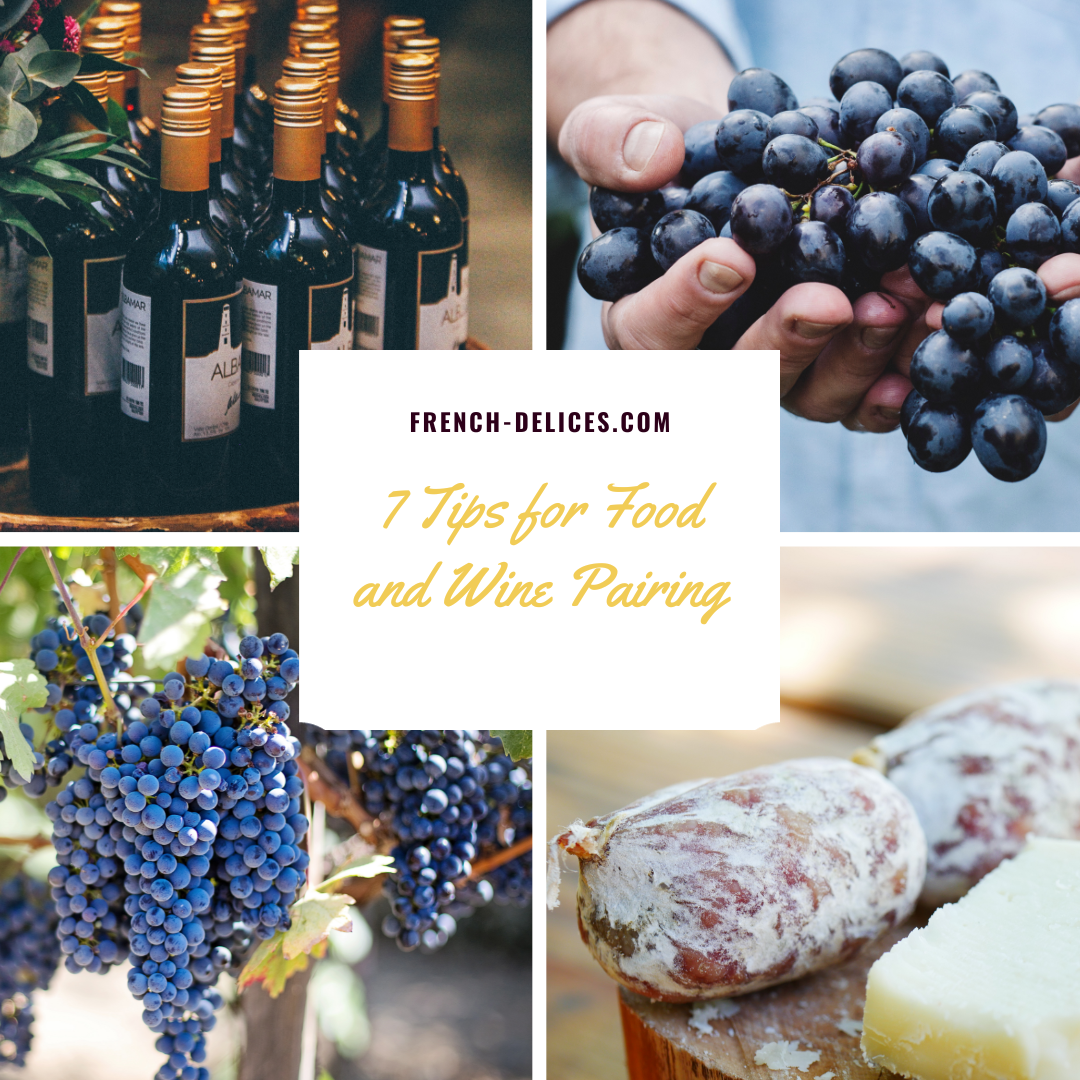1. Wine Tastes Are Personal
Before delving into the realm of ideal food and wine pairings, consider your individual taste preferences. If a combination pleases your palate, then it's a good choice for you.
2. Balance Flavors
Maintain a balance of flavor intensity by matching mild foods with mild wines and rich foods with robust wines. For instance, try pairing the sweet and sour notes of citrus with an off-dry Riesling, or enhance a dish with a creamy sauce by complementing it with a rich, buttery Chardonnay.
3. Acids Match Acids
When your dish contains high acidity, like baked goat cheese and baby leaf salad, select an acidic wine that can stand up to the dish's acidity, such as a Muscat.
4. Focus on Dominant Flavors
Instead of solely considering the meat or fish, pay attention to the sauce or cooking method's influence on the dish's flavor. For instance, when serving duck with a fruit-based sauce, opt for a robust, low-tannin wine, such as a red from Côtes du Rhône.
5. Wine and Spices
Pairing wine with Indian or Chinese cuisine can be challenging due to potent spices that may clash with the wine's flavors. Generally, a Pinot Gris from the Alsace region pair well with Asian dishes, and an off-dry white wine can complement highly spiced curries.
6. Contrast Dessert Flavors
Create a balance by pairing contrasting flavors in desserts. For example, pair the sweetness of a Dom Brial Chateau les Pins Muscat with the freshness of vanilla ice cream, or balance the richness of a Tarte Tatin with a crisp Riesling.
7. No Mistakes, Only Learning
There are no errors in food and wine pairing; instead, view any mismatch as a valuable lesson. Experiment with adventurous pairings and discover exciting combinations that may not be conventional.

